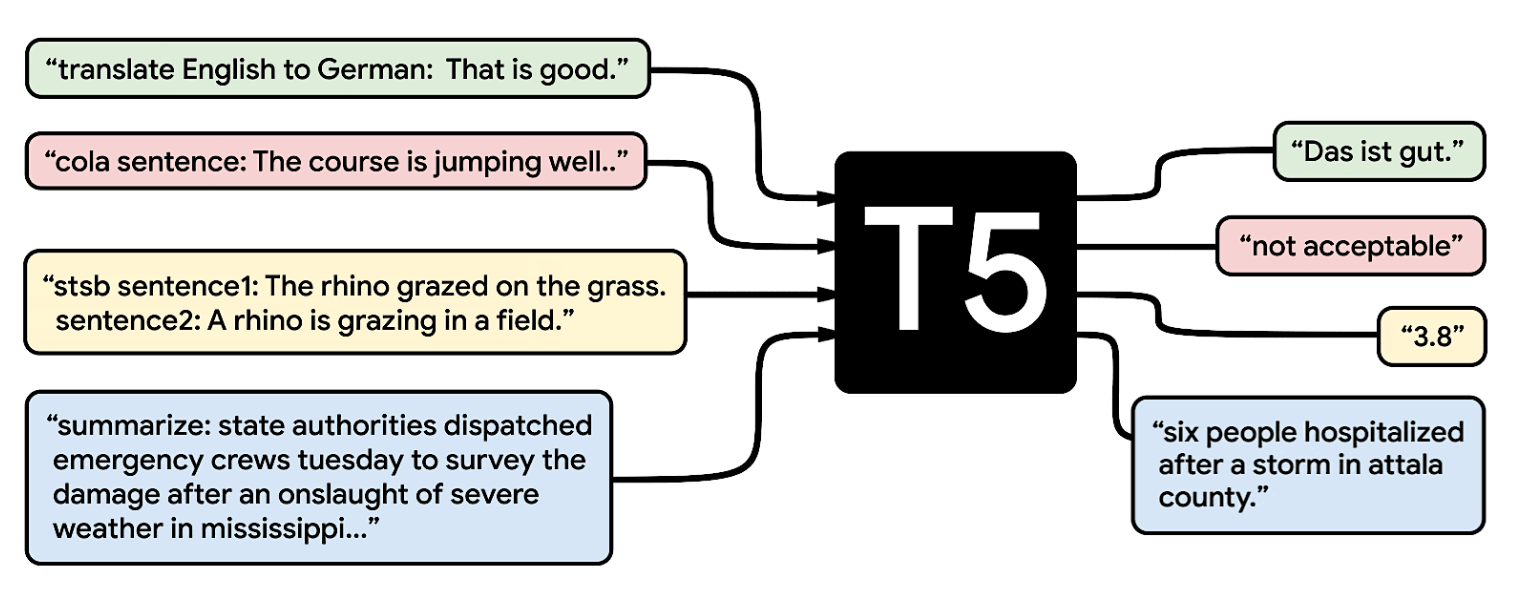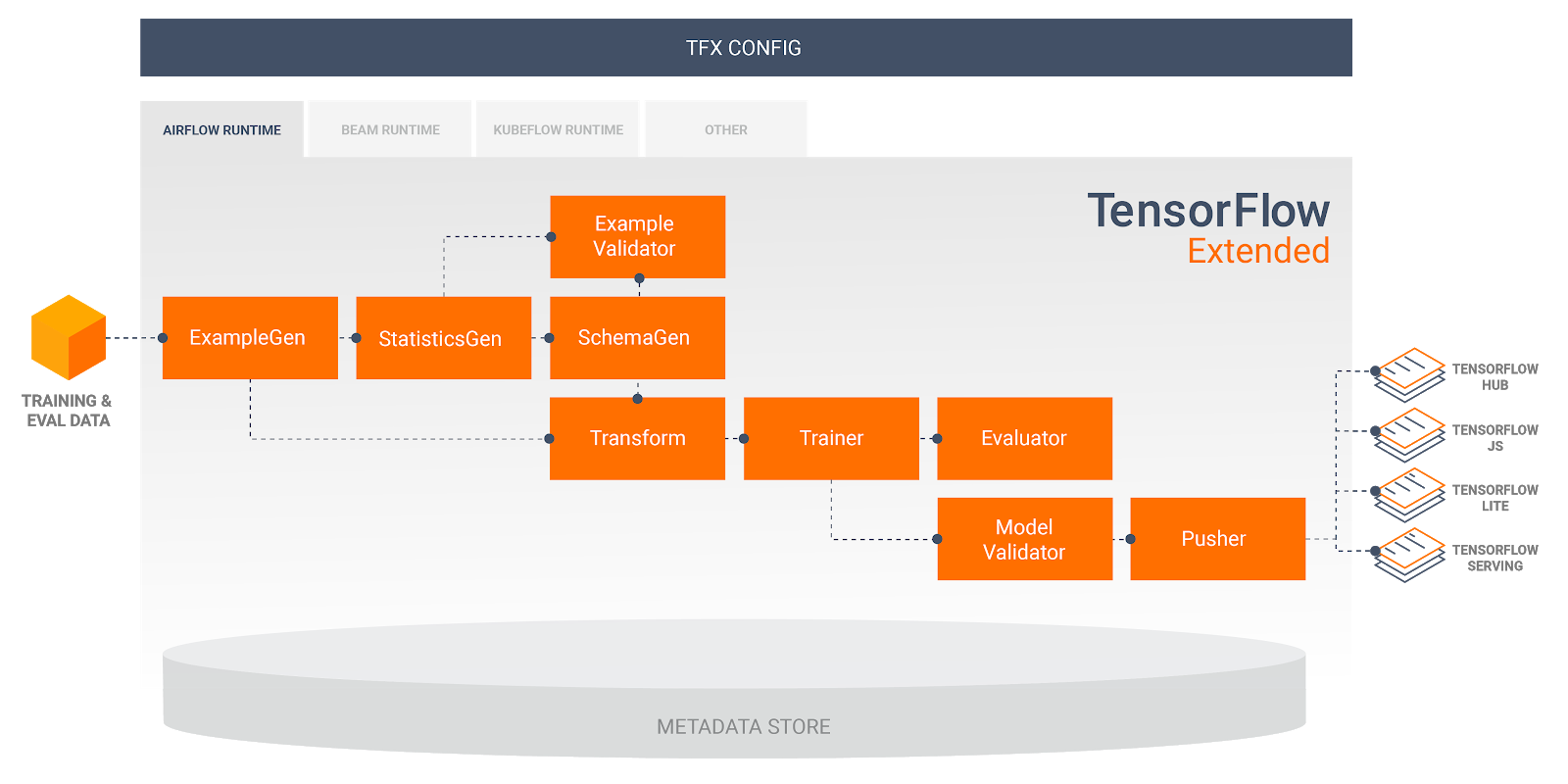https://blog.tensorflow.org/2020/03/recap-of-2020-tensorflow-dev-summit.html?hl=sr
https://blogger.googleusercontent.com/img/b/R29vZ2xl/AVvXsEgMJU-I5sycttsZdcJqci44FkbIGTriZYsInALWgNlsjFnV02EQfCuI0T5jnwcfNHXmjePTdipbpzLb5cx1ueLKKwAXVctu4Loa0zdo7mcZHLykrVonxlqpL2XlYBiYvXfBs9RhfrIjVfU/s1600/Screen+Shot+2020-03-12+at+9.19.51+AM.png
Posted by Laurence Moroney, Developer Advocate
Thanks to everyone who joined our virtual TensorFlow Dev Summit 2020 livestream! While we couldn’t meet in person, we hope we were able to make the event more accessible than ever.
We’re recapping all the new updates we shared in this blog post. You can find the recording of the keynote and talks on the TensorFlow
YouTube channel.
TensorFlow 2.2
After the release of TensorFlow 2.0 at last year’s Developer Summit, we have been working hard with our users and community to bring more enhancements and features, and this week posted a release candidate of TensorFlow 2.2.

In 2.2, we’re building on the momentum of last year. We've been focusing on performance, working on the execution core to make improvements to performance, and make it easier to measure performance more consistently. We’re also introducing new tools to help measure performance, like the new
Performance Profiler. And, we've increased the compatibility of the TensorFlow ecosystem, including key libraries like
TensorFlow Extended. Lastly, we are keeping the core API the same, only making additive changes, so you can be confident when porting your code from 1.x. Please see the
releases section on GitHub for details.
The TensorFlow Ecosystem
TensorFlow 2.2 is just one part of a much bigger, and growing ecosystem of libraries and extensions that help you accomplish your machine learning goals. There’s a tool for all kinds of developers!

For researchers, there are libraries for pushing the state of the art of ML. For applied ML engineers or data scientists, you get tools that help your models have real-world impact. Finally, there are libraries in the ecosystem that can help create better AI experiences for your users, from fairness to optimization, from massive scale to tiny hardware.
All of this is underscored by what the TensorFlow community contributes to the ecosystem and our common goals of building AI responsibly.
TensorFlow for Research
TensorFlow is being used to push the state-of-the-art of ML in many different subfields.
For example, consider the recently released T5 paper where we wanted to
explore the limits of transfer learning with a unified text-to-text transformer. Here, the T5 model, pretrained on the C4 dataset (available in
TensorFlow Datasets), was able to achieve state-of-the-art results on many common NLP benchmarks which also being flexible enough to be fine-tuned to a variety of downstream tasks such as translation, grammar checking and summarization.
 |
| The T5 model uses the latest in transfer learning to convert every language problem into a text-to-text format |
In addition, we saw hundreds of papers and posters at NeurIPS last year that used TensorFlow.
We’re always looking to improve the experience for researchers, so we’re highlighting some important features.
First, we’ve gotten positive feedback from researchers on TensorBoard.dev, a tool we launched last year that lets you upload and share experiment results by URL. The URL allows for quickly visualizing hyperparameter sweeps. Second, we introduced a new Performance Profiler tool via TensorBoard that provides consistent monitoring of model performance.

Researchers also told us they want to make changes to models
quickly and scale their training to accelerated hardware, in particular with managing the extraction, transformation and loading of data.
TensorFlow Datasets in the tf.data API were created with this in mind to give researchers quick access to state of the art datasets. Whether you use these or personal datasets, the underlying TFRecord-based architecture allows you to build parallelization with
tf.distribute to build the optimum input pipeline to make the most efficient use of GPU- or TPU-based training infrastructure.
Finally, the TensorFlow ecosystem contains add-ons and extensions that can enhance your experimentation and work with your favorite open-source libraries. Extensions like
TF Probability and
TF Agents work with the latest version of TensorFlow. Experimental libraries like
JAX from Google Research are composable with TensorFlow, such as using TensorFlow data pipelines to input data into JAX. For those of you who are really heading towards the cutting edge of computing, check out
TensorFlow Quantum, a library for rapid prototyping of hybrid quantum-classical ML models.
Applied ML
We’ve been humbled by the number of companies, all over the globe, of various sizes, that have trusted TensorFlow with their machine learning workloads.
We have heard from users about hyperparameter tuning, and as of early last year Google open-sourced
Keras Tuner and encourage you to take a look. We're also working on a set of new, lighter-weight preprocessing layers, now in
experimental.
In the talk
TensorFlow Hub: Models for everyone, Sandeep spoke about how we're continuing to expand
TensorFlow Hub. Today we have more than a 1,000 models available with documentation, and code snippets. You can download, use, retrain, and fine-tune these models, sometimes as easily as just adding them as Keras layers. Some of the publishers on Hub have created custom components to highlight their amazing work where you can try out a model on your own image or audio clip directly in the browser, all with nothing to install.
To help you build your models,
Google Colabratory is a hosted Python notebook environment that gives you access to GPU and TPU resources that can be used for training TensorFlow models. In addition to the free tier, we recently launched the new
Colab Pro service, giving access to faster GPUs, longer runtimes, and more memory for a monthly subscription cost. You can check out some of the benefits in a Colab notebook
here. At the Dev Summit Tim Novikoff gave a fun talk on
Making the Most of Colab: Tips and Tricks for TensorFlow users.
We also know that going from a trained model to a business-critical process goes far beyond just creating a model architecture, training it, and testing it. Building for production at scale involves complex interconnected management processes to keep the model running, relevant and updated. With that in mind, we created
TensorFlow Extended (TFX). An example high-level architecture of a production system built using TFX is show below:

To make it even easier to use TensorFlow in production, we’ve launched
Google Cloud AI Platform Pipelines. These are designed to make it easy for you to build end-to-end production pipelines like the one we show above, built on top of
KubeFlow, TFX, and Google Cloud. You can use AI Platform Pipelines on GCP with
TensorFlow Enterprise, a custom build of TensorFlow with many optimizations and enterprise grade long term support. We also have a
tutorial to help you use Cloud AI Platform Pipelines with TFX.
Deployment
TensorFlow keeps focusing on making models and other computations run efficiently on every kind of hardware.
For TF Lite, we have a host of new features. We’re also adding Android Studio Integration, available in the
Canary Channel very soon, that will enable simple drag and drop into android studio - and then automatically generate the Java classes for the TF Lite model with just a few clicks. We've also made it so model authors can provide a metadata spec when creating and converting models, making it easier for users of the model to understand how it works and use it in production. We also have our new
Model Maker, which lets developers fine-tune pre-existing models without doing complicated ML. We’re announcing Core ML Delegation through Apple Neural Engine, to accelerate floating point models in the latest iPhones and iPads using TensorFLow Lite. Finally, we continue to focus on performance improvements to provide the fastest execution speeds for your models on mobile phone CPUs, GPUs, DSPs and NPUs.
With
TensorFlow.js, we continue to make it easier than ever for JavaScript developers and web developers to build and use machine learning. We announced several new models for face and hand tracking and NLP that are ready to use in your web or Node.js application. We also launched performance improvements, new backend, and more seamless integration with TensorFlow 2.0 model training.
Finally, we previewed the new TensorFlow Runtime (TFRT) that speeds up core loops, and will be available in open source soon. We also discussed
MLIR, our shared compiler infrastructure that unifies the infrastructure that runs machine learning computations. As a concrete change, in February we released the TF → TF Lite Converter, which should provide better error messages, support for control flow, and a unified quantization workflow. These two features together, TFRT and MLIR, allow us to support a robust selection of hardware and low-level libraries, and make it easy to support more.
Community
Of course, community is at the heart of everything we do at TensorFlow. There are so many ways that you can get involved! For example:
- TensorFlow User Groups are a rapidly growing community! In just 7 months since we launched, there are 73 User groups globally, the biggest in Korea with 46,000+ members. After the TensorFlow Roadshows in 2019, we launched the first 2 TFUGs in LATAM, in Brazil and Argentina. We’re always looking to encourage more, so, if you want to form one in your area, please reach out at tfug-help@tensorflow.org!
- We also have a number of Special Interest Groups dedicated to a variety of topics. Our latest addition, on Graphics will be available at the end of March. To learn more about SIGs and how they work, check out the playbook.
- Finally, if you are a thought leader in machine learning and TensorFlow, look into becoming a Google Developer Expert, who actively support developers, companies, and tech communities by speaking at events, publishing content
If you’re interested in challenges, we’re running a new
Dev Post challenge in Responsible AI, as well the Google Summer of Code where students can work with an open source organization on a 3 month programming project. The TensorFlow team is one of the participating organizations, so check out the
summer of code website to learn more.
Education
If you are a university or other education organization we have a program to help you create educational content to teach machine learning with TensorFlow. We’ll support you with a variety of resources to help you succeed. We have published a request for proposals for financial sponsorship to help with widening access to traditionally underrepresented communities in AI, too. Details can be found on the
TensorFlow Blog.
If you want to learn TensorFlow there are a number of options available to you:
TensorFlow Developer Certificate
We’re excited to launch an assessment of your TensorFlow coding and model creation skills that will lead to an official certificate of your prowess as a TensorFlow Developer! In an effort to widen access to people of diverse backgrounds, experiences, and perspectives, we're offering a limited number of stipends for the educational material and/or the exam cost. Details are now available at
tensorflow.org/certificate. You’ll be tested in your ability to create models all the way from simple linear regression through more advanced scenarios such as Computer Vision, NLP and Sequence modelling. The syllabus from the
deeplearning.ai TensorFlow: In Practice specialization at Coursera will help you prepare for the assessment. Once you've earned the certificate you can share it on LinkedIn, GitHub and the new
TensorFlow Certificate Network!

Wrap up
As you can see, it’s been a busy year, and a great time to be a TensorFlow Developer! To learn more about TensorFlow, check out
tensorflow.org, read the
blog, follow us on
social, and don’t forget to subscribe to our
YouTube Channel!
For all the sessions at TensorFlow Dev Summit 2020, check out our
playlist on YouTube.
For your convenience here are direct links to each of the sessions also:







